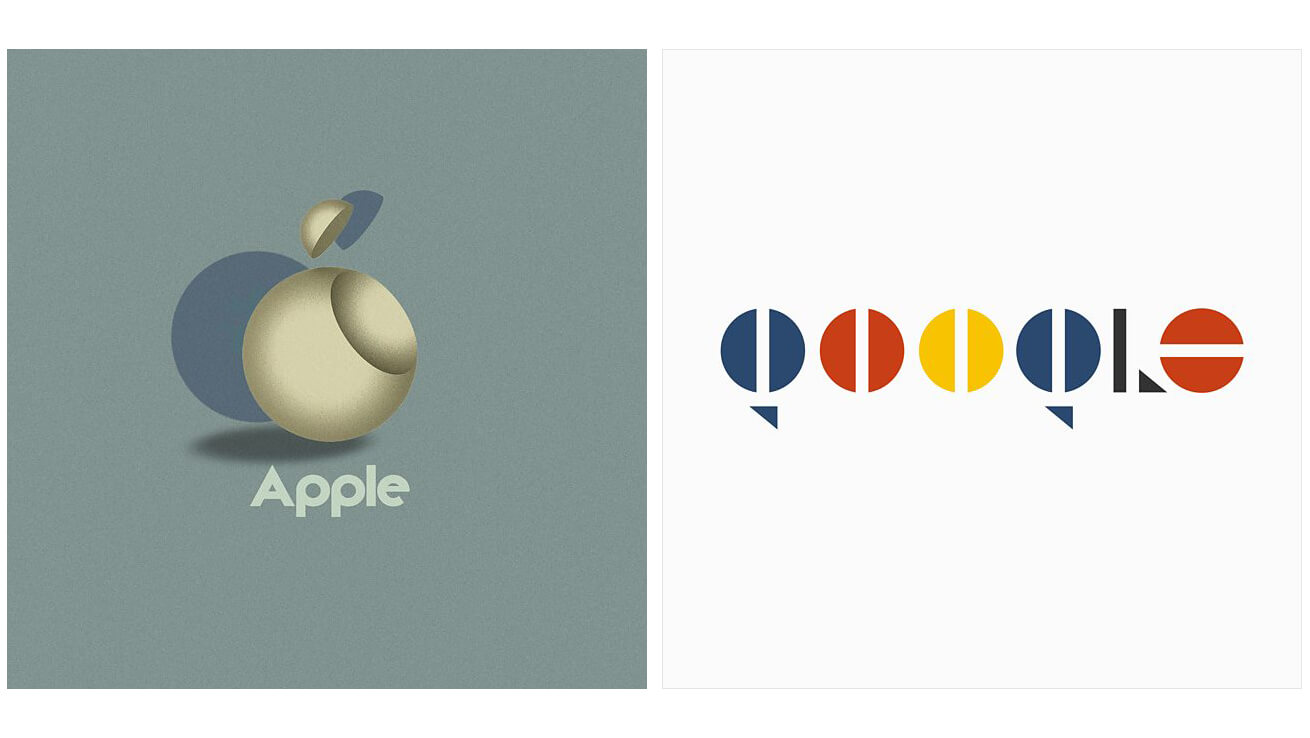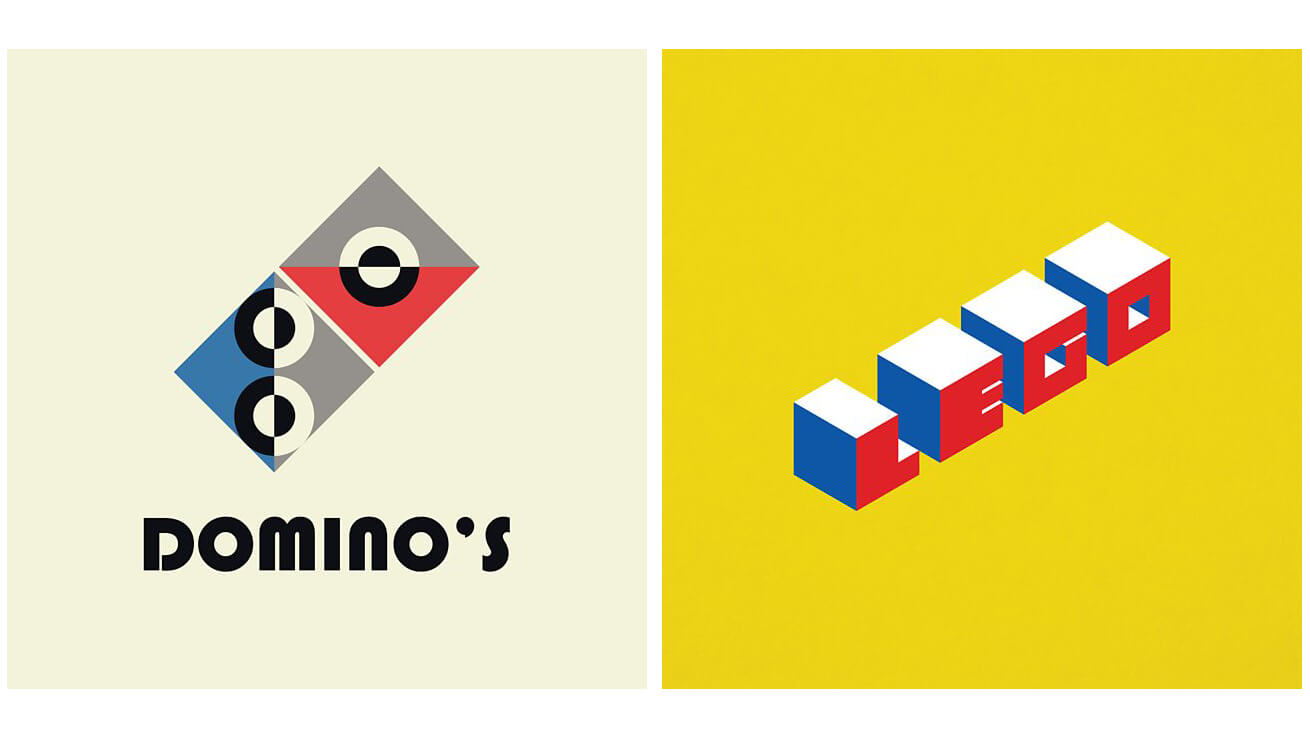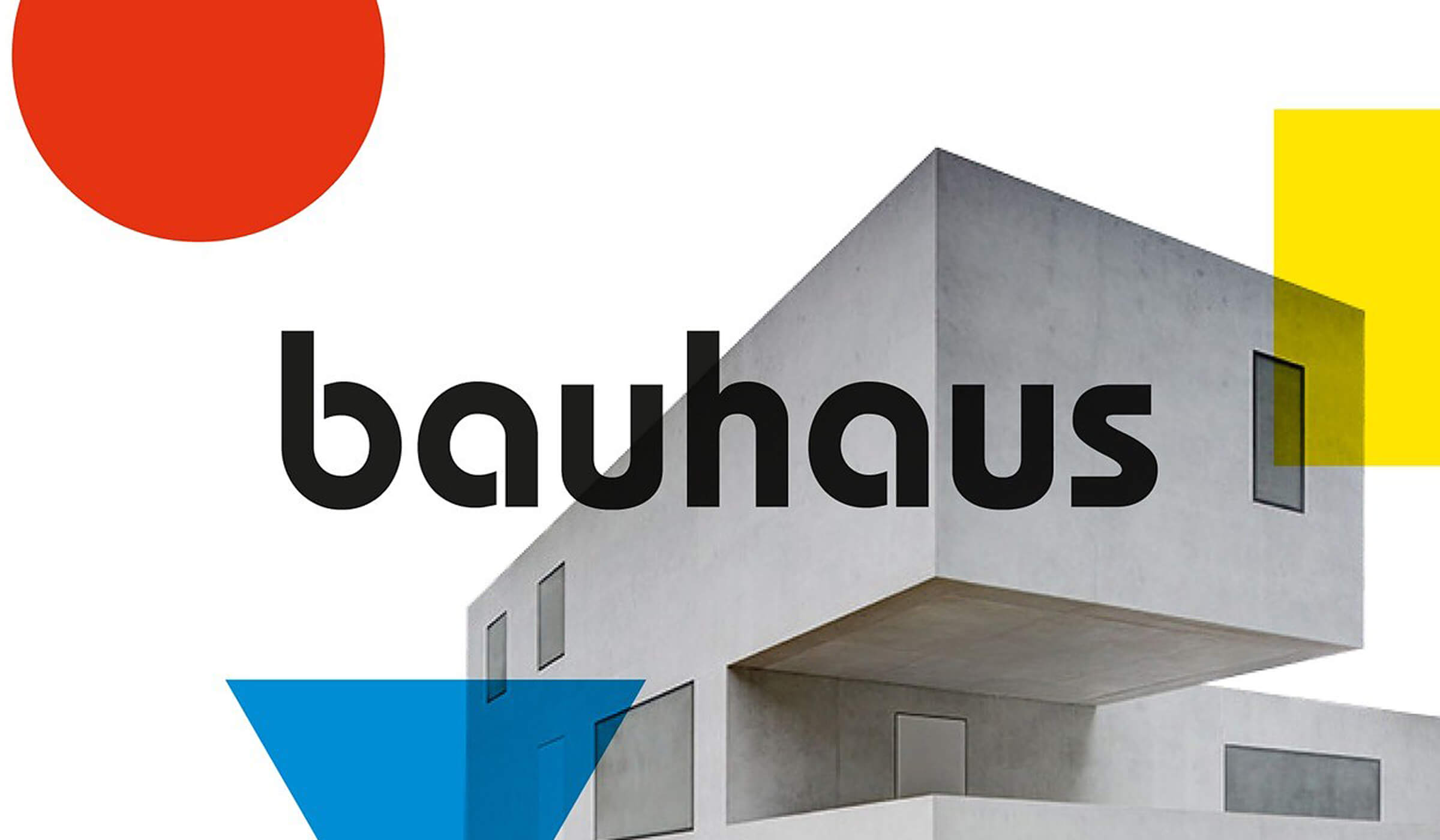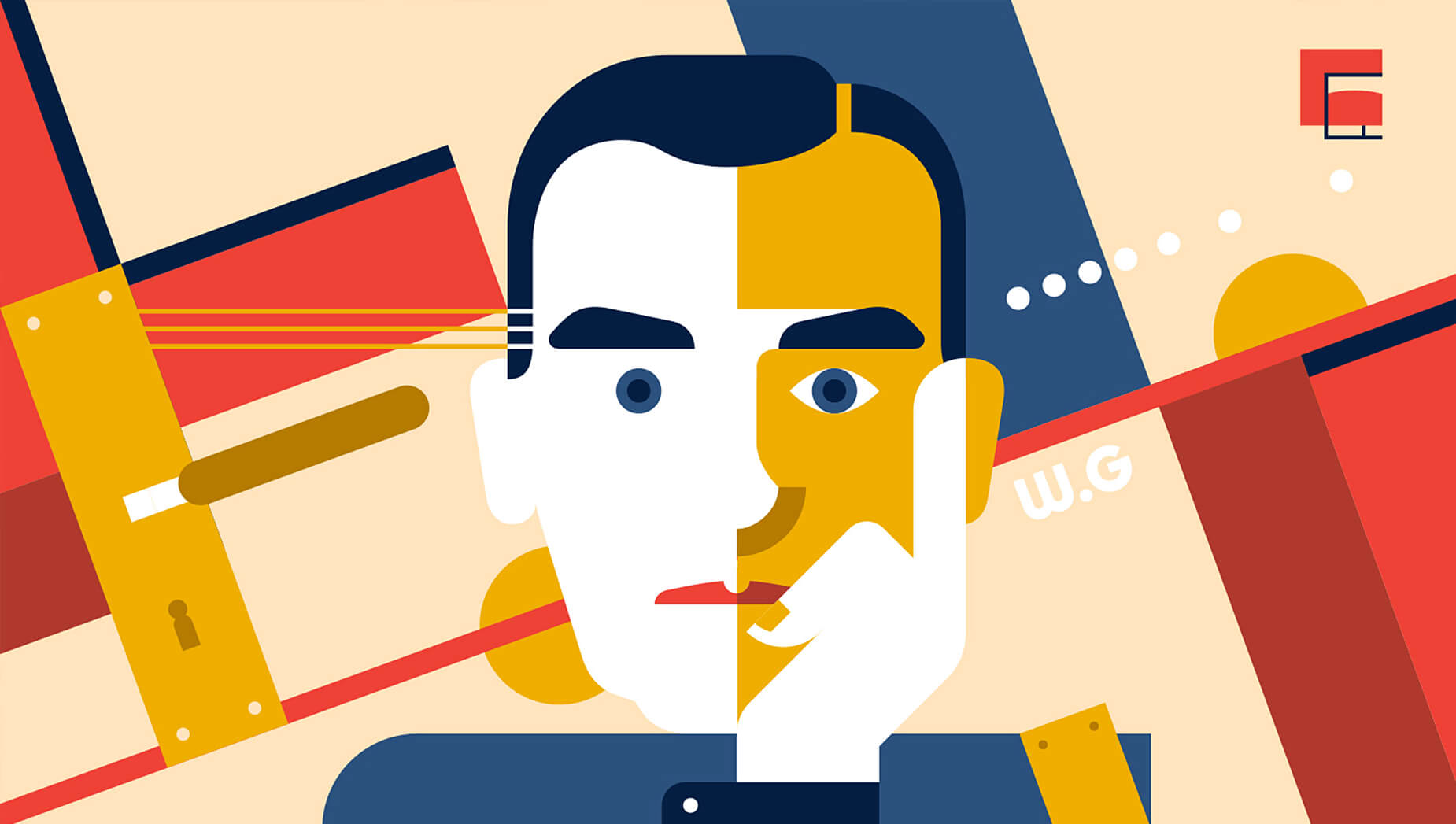What is Bauhaus?
The full history of Bauhaus design is as elaborate and colorful as the prevailing styles it unseated. To keep it short, here’s a quick, minimalist overview of the necessities, in true Bauhaus style.
The time was 1919. The world was abuzz with the latest new tech disruptor—electricity—and it was changing the way everyday people lived their lives. Thanks to electricity and the industrial revolution, mass production quickly became the new norm.
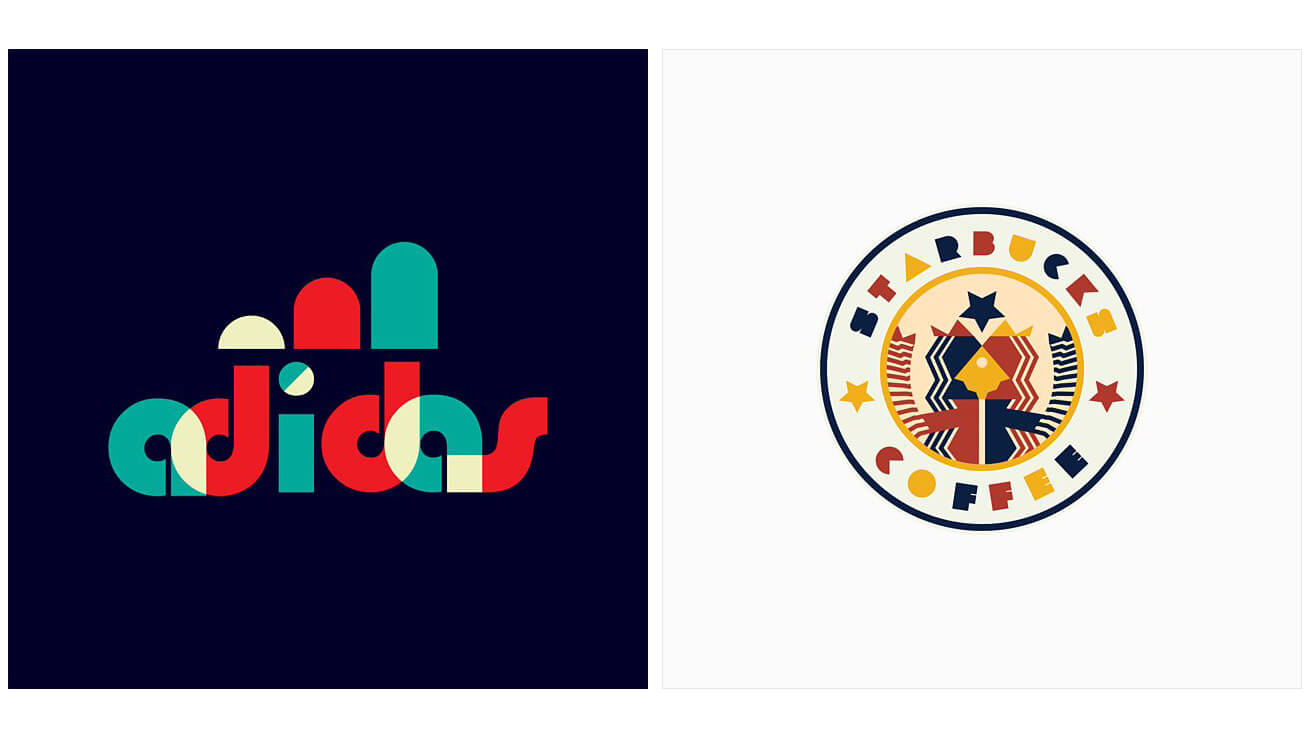
Artists were worried this new way of manufacturing was the end of art as we knew it, but a small community in Weimar, Germany, saw the situation from a different angle.
Walter Gropius founded the Bauhaus art school under the principle that form and function should work together, not separately. His school sought to merge the aesthetics of fine art with the practicality of modern industry—products that looked as good as they functioned. In the words of the founder himself:
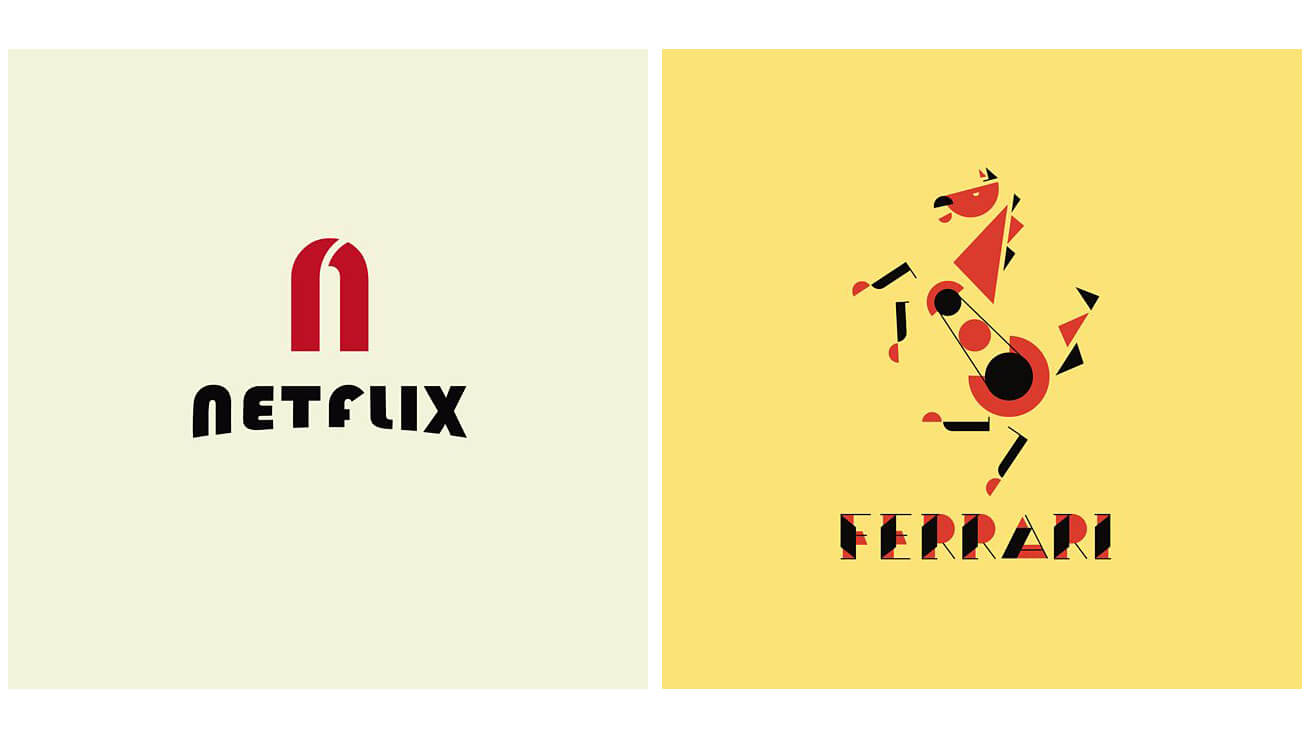
“The artist is a heightened manifestation of the craftsman. Let us form… a new guild of craftsmen without the class divisions that set out to raise an arrogant barrier between craftsmen and artists! Let us together create the new building of the future which will be all in one: architecture and sculpture and painting.”
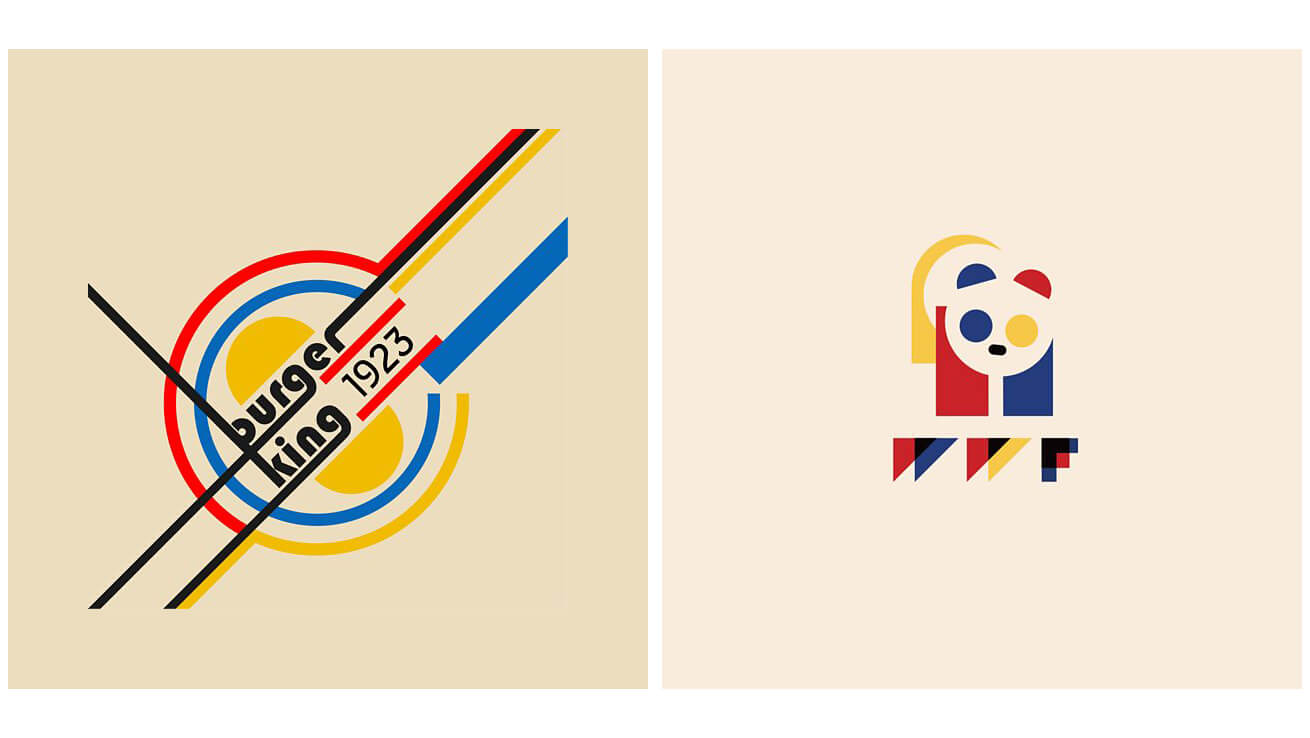
Another central concept in Bauhaus design is incorporating many different art forms “all in one,” chasing what they called “Gesamtkunstwerk,” or a “total work of art.” Bauhaus artists were encouraged to train in multiple disciplines and combine techniques whenever possible.
The political climate, at least momentarily, provided an open window: after World War I, the desperate and war-ravaged Germans supported the liberal-leaning and art-friendly Weimar Republic. The world of design was ripe for a new approach as well, as Bauhaus’s primary influence Art Nouveau made evident decades earlier.
The school only operated for 14 years until it was closed by the Nazi party, with the police forcibly closing its doors to its Berlin location on April 11, 1933. Threatened by all things liberal, the Third Reich had spun public opinion of the Bauhaus movement, calling them communists and their work “cosmopolitan rubbish.”
Still, in its short time it changed the entire world. Bauhaus design defined and advanced the modernist style that had begun in the late 1800s, and it laid a solid foundation for minimalism and styles that marry form to function. Even its educational style, which favored experimentation and trial-and-error, left a lasting mark.
Although Bauhaus is most readily linked with architecture, the truth is it had a monumental impact on all art, and commercial design in particular. The Bauhaus movement changed the way manufacturers thought about product design and aesthetics, while making huge advancements in graphic design, such as changing what’s “acceptable” usage for typography.
Bauhaus design seems almost cyclical—like it always comes back every few decades or so. Considering its influence, that’s not surprising. After all, even the modern logos below can learn a thing or two from Bauhaus’s pivotal movement.
